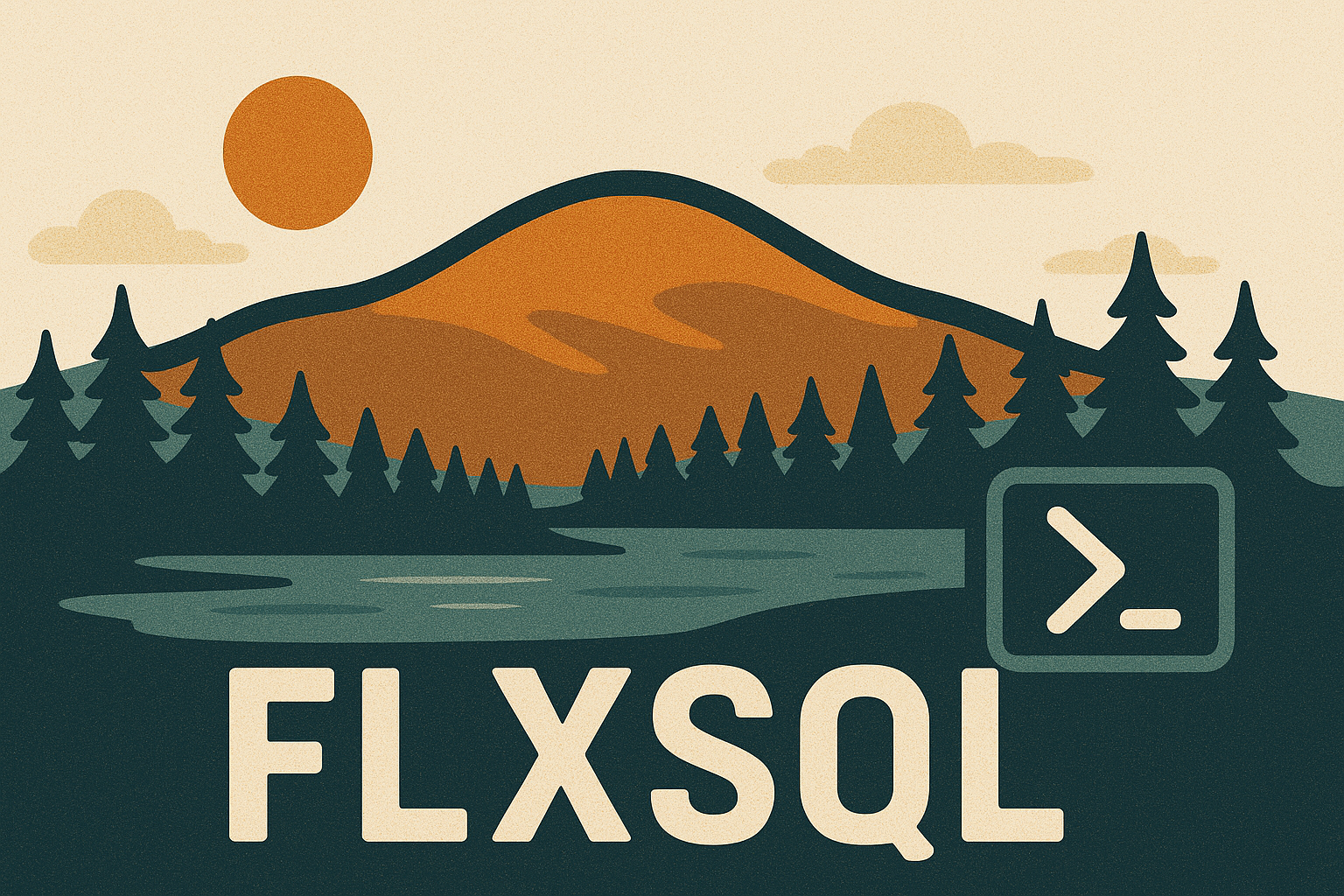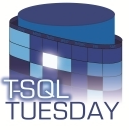T-SQL Tuesday #119 - Changing Your Mind
For T-SQL Tuesday this month, Alex Yates (blog | twitter) gives us this challenge:
I would like you to write about something in your IT career that you have changed your mind about. What was your original opinion? Why did you believe that? What do you believe now? Why did you change your mind?
You are welcome to discuss technical or non-technical topics. Feel free to go as deeply technical or as personal and human as you like. Brain-melting technical posts about the inner workings of the SQL engine or effective machine learning architectures in Azure are great. SQL 101 posts or perspectives on age old debates such as tabs and spaces or where to put your commas are great too. Human posts about effective teamwork or diversity or wellbeing in tech are also great.
I hope that if we think hard about the ways we have changed our minds in the past, and if we read about how and why other people have changed their minds, it will help us to have better conversations in the future. I hope this will help us to collaborate more effectively at work – and maybe in other parts of our lives as well.
The Only Constant is Change
I’ve changed my mind on a number of topics over the years. It’s only natural. We learn more, we get more information, circumstances change. But the first and biggest one that comes to mind for me is my position regarding Microsoft.
Say What?
“But Andy,” you say, “haven’t you spent your entire career working with Microsoft technology?” Yes, yes I have! But I didn’t always feel good about it.
My formative geek years were spent in the 1990s, living through the meteoric rise of Microsoft, their missteps around the early days of the WWW, and then their total dominance of the market. You might have read about it in the newspaper. I studied Computer Science, surrounded by UNIX and Linux systems day in and day out and steeped in the idealistic dogma of “Open Source is good, Microsoft is evil. Embrace, extend, and extinguish! EVIL!!!!!!”
Sure, I still used Windows. I needed it for the dial-up connection I had at home over the summer and to play games (it always comes back to games, doesn’t it?). At the time, it was Windows NT 4.0 Workstation because I had (thought I had) higher computing demands than I could entrust to “consumer” Windows. Except…Microsoft changed the video driver architecture and the driver for my video card was buggy in such a way that some JPEGs loaded in Netscape Navigator could crash the whole OS. Gee, how good can Microsoft be if I can’t even load a JPEG without crashing Windows?
As time went on, I found myself trying avoid Windows more and more. My final semester of college, I don’t think I used Windows for more than 15 minutes total. Linux all the way!
But I Need a Paycheck
In the middle of my final semester of college, I accepted a job that used Windows everywhere - desktop and server. Some of my friends shrugged. Others sneered. I wasn’t thrilled about feeding into the “Evil Microsoft Empire” but I needed to eat. As I wasn’t the best student, major companies like IBM and Red Hat weren’t exactly lining up to interview me on campus.
I begrudgingly used Windows at work. And I got pretty damn good at it. Within months, I was fixing major outstanding bugs in our ASP 2.0/VBScript apps and moved on to building new apps from scratch. But at home I was still running Linux all the time, holding on to that idealism. Until…it broke.
I had an distro upgrade go bad and decided I was over my Linux phase. Microsoft was still kind of “ick” but at the same time, I was done tinkering w/ my OS and just wanted something that was left in a 100% working state after the installation was finished.
OS/2 on the desktop was a flop so it was back to Windows. Windows 2000, then Windows XP fit the bill at home. And my employer was still all-Windows.
The next computer I bought for myself was a MacBook. I had been fascinated by macOS since seeing the first public preview of Mac OS X way back in early 2000. It was UNIX with a candy-coated shell! I installed Windows in a VM for the one or two pieces of software that I still needed that for, but I was going all-in on the Mac at home.
Did the Suits Take Over?
By then, Steve Ballmer’s version of Microsoft was in full effect. Vista finally happened, leading me to I question whether Microsoft could get anything right. Everything seemed to be built around “how can we make you a Windows customer, no matter how bad Windows may be?”
The Pendulum Swings
Microsoft’s OS group redeemed themselves with Windows 7. Hey, they can make a decent OS after all. Things started moving forward (let’s try to forget Windows 8 happened). Azure started spinning up, taking on Amazon.
More importantly, software releases became more frequent and more regular. Security improved, quality improved, and you could start seeing more influence from the engineering side of the company emerging. The business drivers started to take a backseat to delivering products to the people who influenced technical decisions. Build good products, and the business will follow.
The tipping point for me was when Satya Nadella took the reigns in 2014. Microsoft seemingly was returned to the engineers. Open Source was embraced and encouraged. Microsoft was even releasing things as Open Source without being asked about it! They moved their focus to “we want to host the platform you run your business on, regardless of the OS and toolkit - but here’s a whole bunch of awesome tools that you can build with if you want to.”
The Microsoft of today is not the company I grew up watching and fearing (that position is now jointly held by Google and Amazon). They’re building exciting, compelling products and driving the industry forward. It was a rough few years, but I have done a U-turn on Microsoft. While I’m dabbling in other environments because it’s the smart thing to do for my career, I’m still working primarily with Microsoft technologies and it’s a decision that’s served me well for over twenty years.

